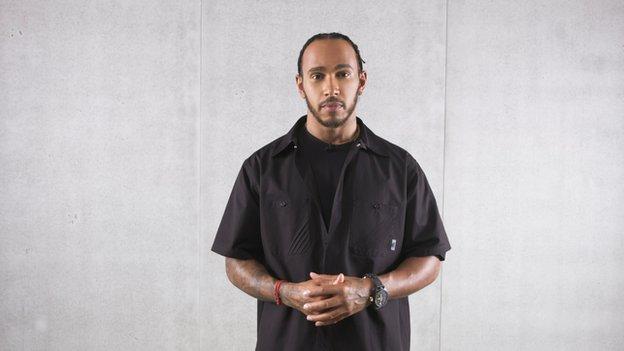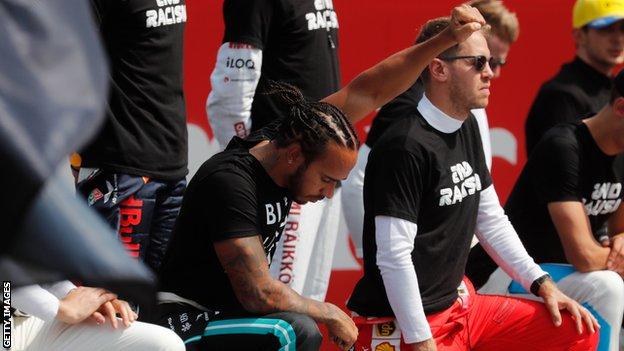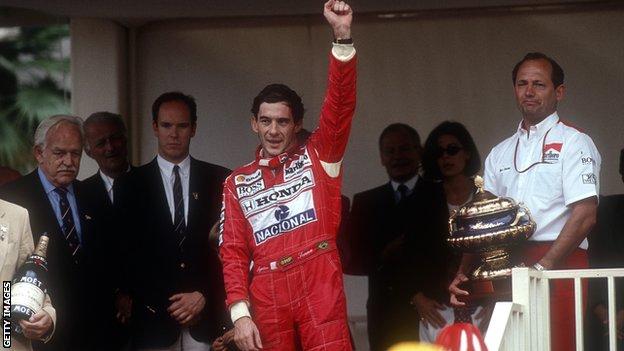
Lewis Hamilton says he feels “proud” of his decision to enter his own team into the new ‘climate-aware’ Extreme E racing series – the first step on a journey in which he could achieve real change beyond motorsport.
Hamilton has a lot of pride. And rightly so. But, on the face of it, this could seem like a strange decision.
This is a man who is unquestionably one of the greatest Formula 1 drivers of all time, and looking highly likely to become the joint most successful by winning a seventh world title this year.
Extreme E? It’s a brand new racing series that hasn’t yet held a race and doesn’t even have its full quota of teams.

Why did Hamilton choose Extreme E?
Hamilton’s X44 – named after the now iconic number on his Mercedes F1 car, which originated on his go-kart as a boy – is the eighth team of the 10 expected to compete.
“Extreme E really appealed to me because of its environmental focus,” Hamilton said. “Every single one of us has the power to make a difference.”
Hamilton has more power than most. And for him it is a blank canvas.
He might not drive the car himself or be across the team day-to-day, but he will be expected to make the top decisions, such as who drives for him and who the team’s engineers are.
As organised and ‘on message’ as Formula 1 is, it is a long-established motor-racing format, dedicated to what’s possible for speed on four wheels, along with the progression of the automotive industry.
Hamilton’s recent attempt to use the sport as a platform to fight racism has left him frustrated.
What Extreme E is built around is more than just racing cars. The organisation says its USP will be to have a conscience about things that matter now, and have done for a while.
Two things, in particular, that Hamilton cares about a great deal: climate change and social equality.
First: the planet.
Gone are the days when Hamilton would post images on social media of him sitting on the wing of his private jet. No-one knows how he gets around the world now, as it’s rarely publicised. But it’s unlikely to be by boat.
As part of Extreme E, he and his team will “work closely with the locations and leading climate experts to share our knowledge and leave behind a positive legacy in each location which goes far beyond the race track”.
As damaging as their collective emissions are considered for the environment, cars will be here for the long term. So Extreme E, like Formula 1, claims to seek to push the automotive industry forward to a world of sustainable motoring.

Second is the ever more sensitive issue of racial discrimination in society – brought into focus by the death of George Floyd in police custody in May, after a Minneapolis police officer knelt on his neck for more than seven minutes.
Hamilton has been very vocal in his support of Black Lives Matter from a “human rights perspective”, rather less so the political movement, and has set up a commission to look at the lack of ethnic minority representation in motorsport.
Where better to start, then, than a brand new sport, with brand new rules – including the stipulation that each team must run one male and one female driver.
Extreme E has several female drivers signed up to its drivers’ programme (an initiative that enables a shop window for teams but doesn’t guarantee a drive) including Britain’s W Series champion Jamie Chadwick and Spanish driver Christina GZ, who comes as a partnership with British European rally champion Chris Ingram.
Who Hamilton will pick to drive for X44 remains to be seen, but this is the strongest opportunity yet for him force home the issue of a lack of diversity in motorsport.
It’s not over in F1 yet
“Although this is a project outside F1, it should not be taken on any level as a message that Hamilton’s main focus is shifting to other things,” says the BBC’s chief F1 writer Andrew Benson.
“He is inevitably going to sign a new contract with Mercedes to continue in F1 for at least the next two years, and his prime motivation remains winning at the sport’s highest level.
“Hamilton says he does not drive for records, but this year – barring unforeseen circumstances – he will become the most successful driver in history, by surpassing Michael Schumacher’s all-time record of 91 grand prix wins, and equalling the German’s seven titles.
“And in 2021, it is hard to see anyone stopping him winning an eighth world championship, given development on the cars is severely restricted over the winter, and the size of the advantage Mercedes have this year.”

A new chapter
Even so, this move is a statement that Hamilton’s concerns extend beyond the F1 paddock – a broadening of his focus.
Hamilton is a man on the verge of transcending the sport in which he made his name and attaining an altogether more influential position in society by the time he reaches the end of his driving career sometime this decade.
His childhood sporting hero Ayrton Senna was in the process of taking similar steps before his tragic death at the 1994 San Marino Grand Prix.
It was widely understood that the charisma and ruthlessness he employed to manoeuvre himself into the best cars with the best team leaders to win three F1 world titles would also make him the perfect candidate for the presidency of his beloved Brazil.
Hamilton, Formula 1’s first and only black driver, has courted attention from the very start, in motorsport and beyond.
McLaren boss Ron Dennis’ signing of Hamilton as a nine-year-old protege may have been done with half an eye on breaking new ground a decade or so down the line, but he would never have looked at him twice had it not already been apparent that Hamilton’s talent was rare.
Since his first championship was done and dusted in historically dramatic fashion in, fittingly, Brazil at the end of 2008, a young Hamilton has always worn his passions visibly.
Whether it’s music, or high fashion, veganism or climate change, people have always taken notice of what Hamilton had to say – and often taken a pot shot afterwards. Especially if certain awkward realities of modern sporting icons come to the fore, such as living in tax havens – as Hamilton does.
The reason he keeps his team so close and protects himself from those he doesn’t know is because he’s so wary of being exposed, according to his associates.
Hamilton has 18 million followers on Instagram – that’s two million short of Donald Trump and 17 million more than Boris Johnson. His world view has an impact on society, whether people want it to or not.
He knows he has the chance to do something far greater than beat Michael Schumacher’s record of seven Formula 1 world titles – getting enough people to listen to him to help change the wider world forever.